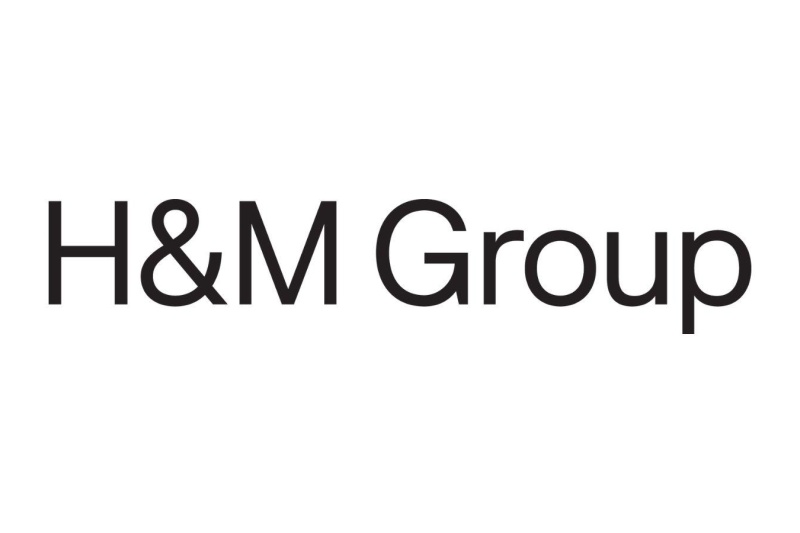
Target services
SBTi Services Limited assess and validate companies’ and financial institutions’ science-based targets against the Science Based Targets initiative's criteria.
Companies and financial institutions can use the Science Based Targets initiative's standards, tools and guidance to set science-based targets. They then submit these targets to SBTi Services to have them validated.
Small and medium-sized enterprises can use a separate validation route that enables them to bypass the initial stage of committing to set a science-based target and the standard target validation process.
Latest News
View News


